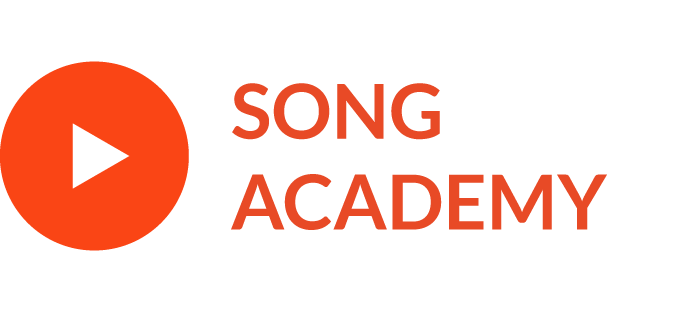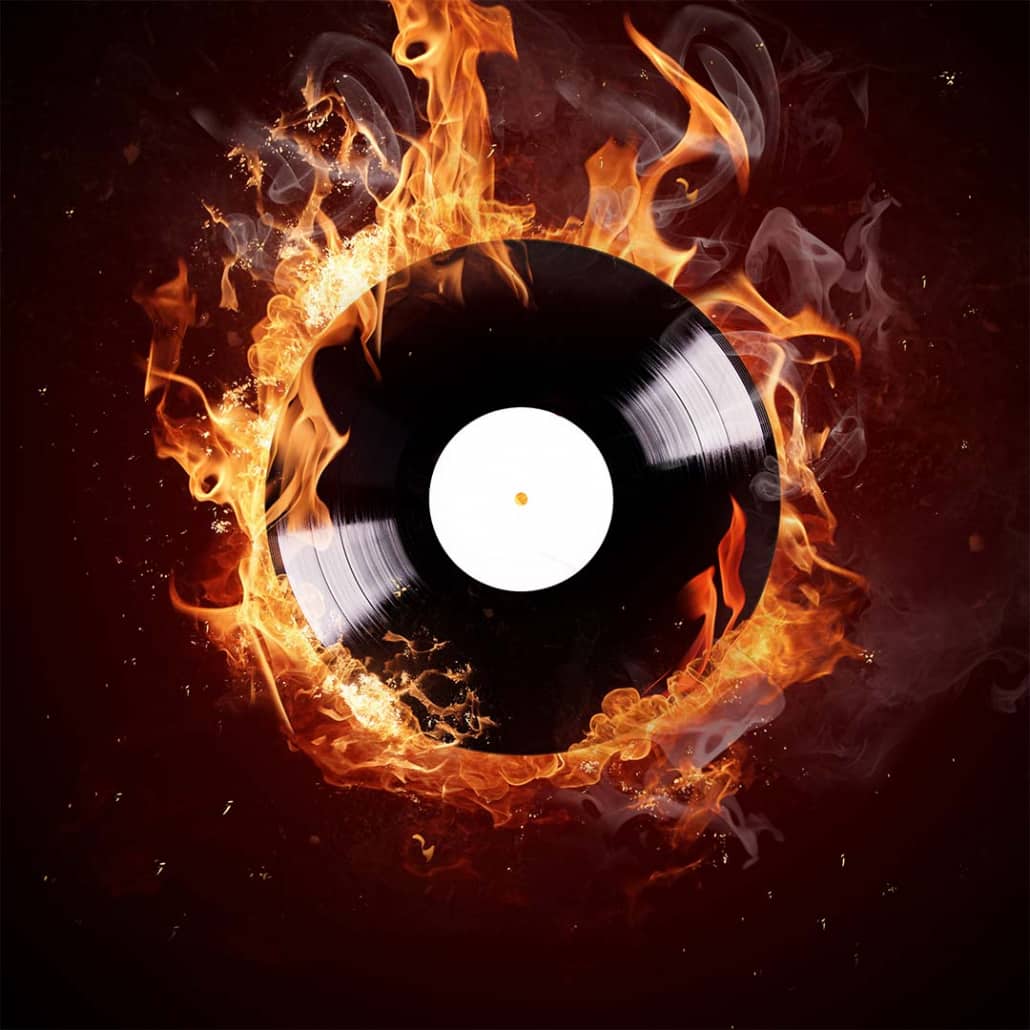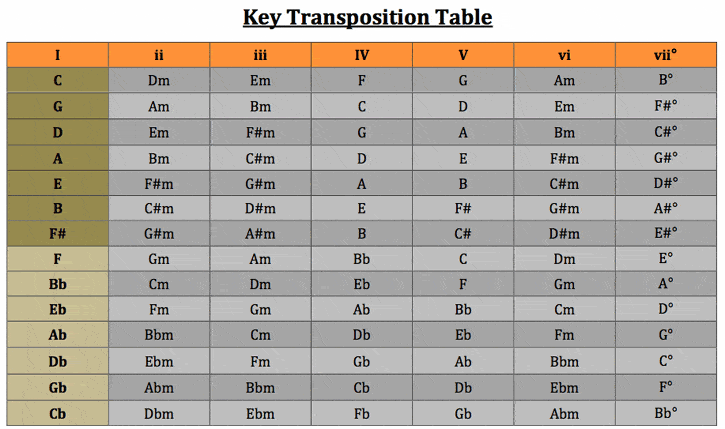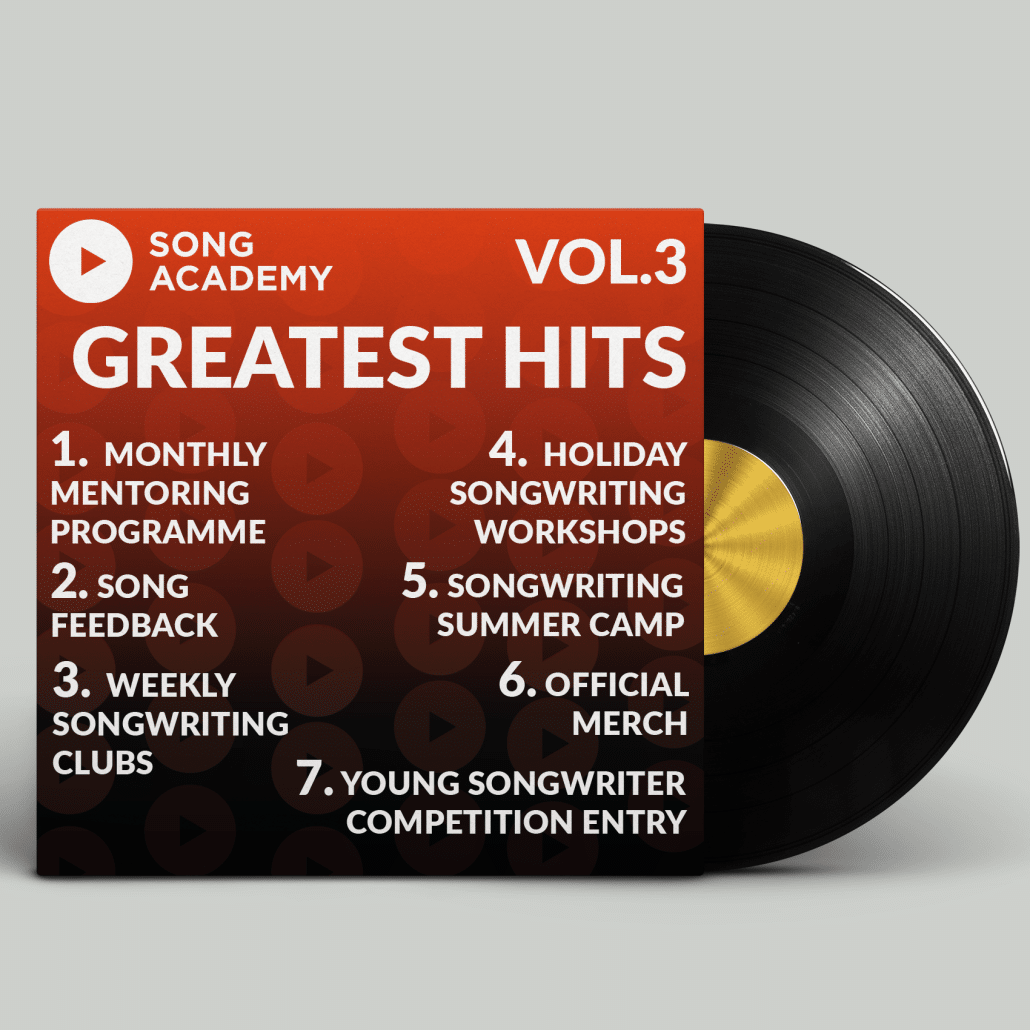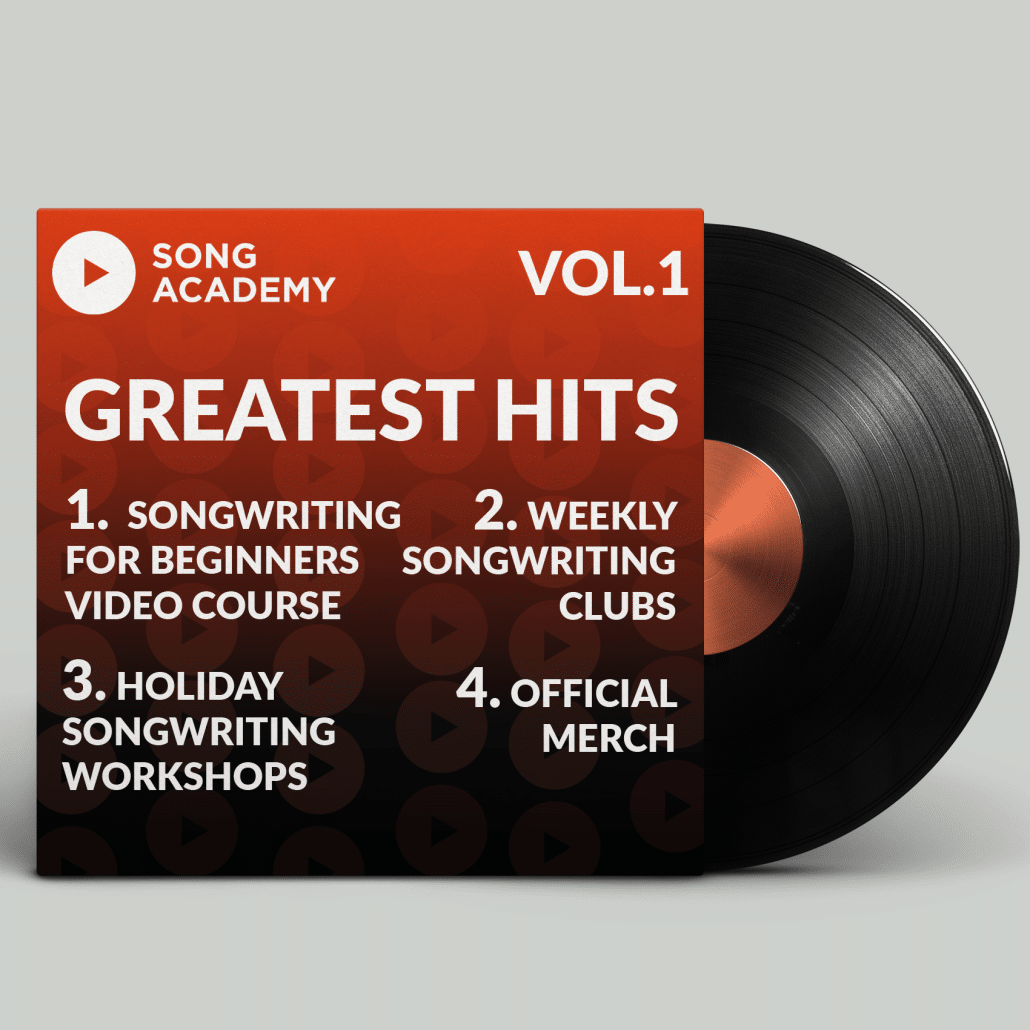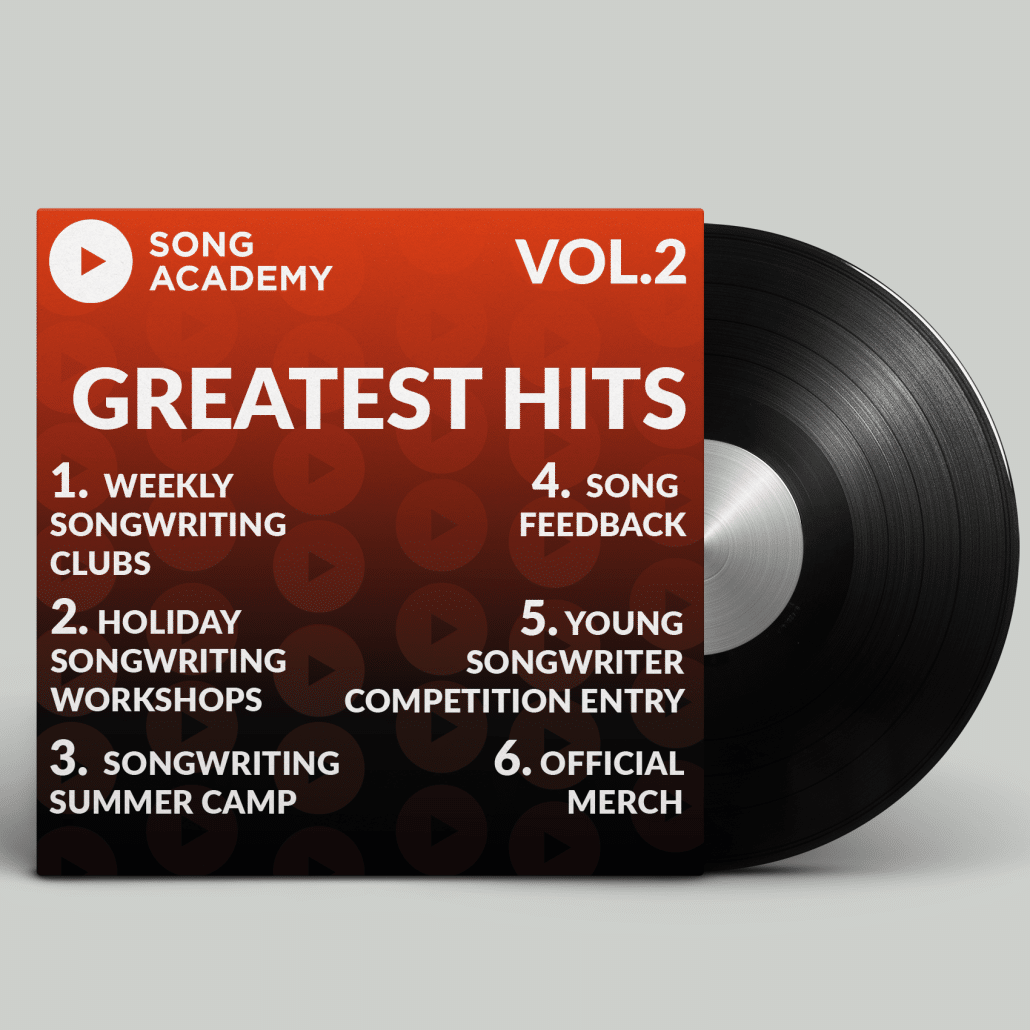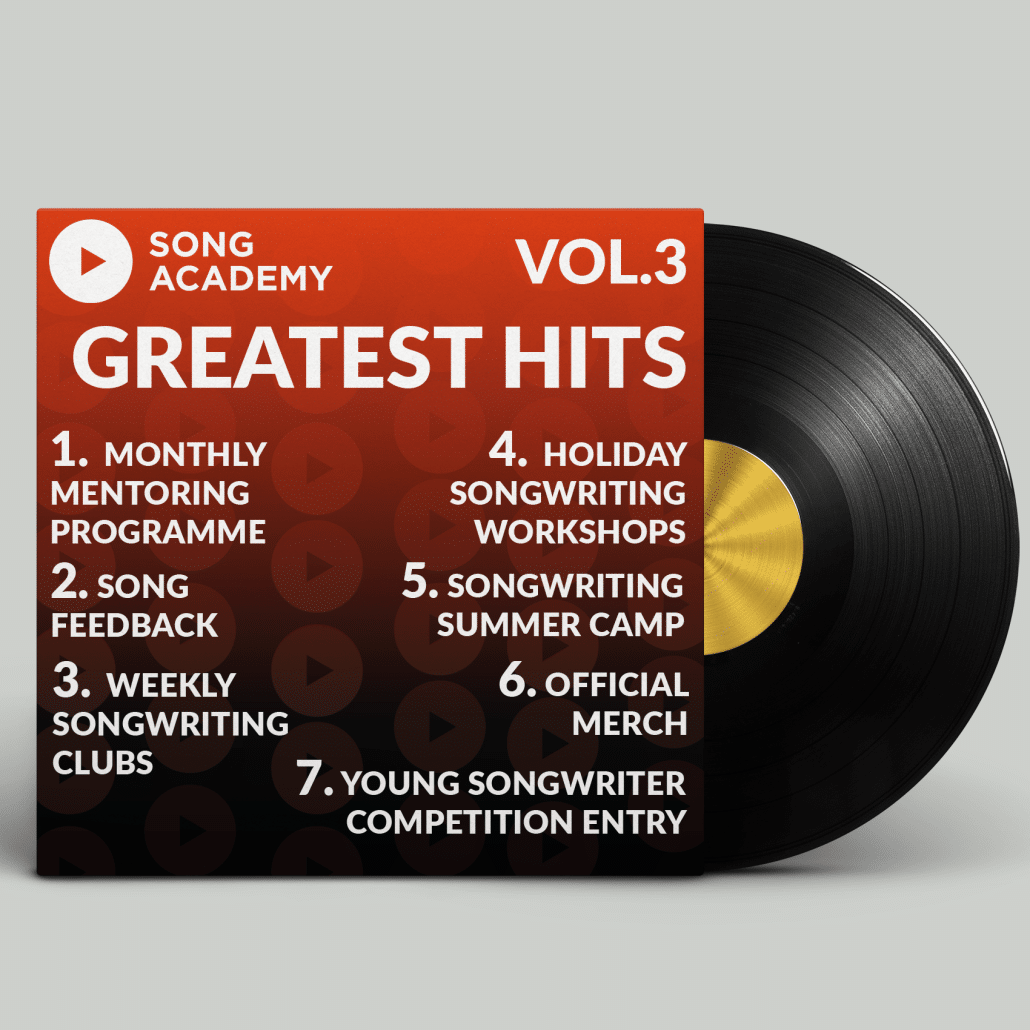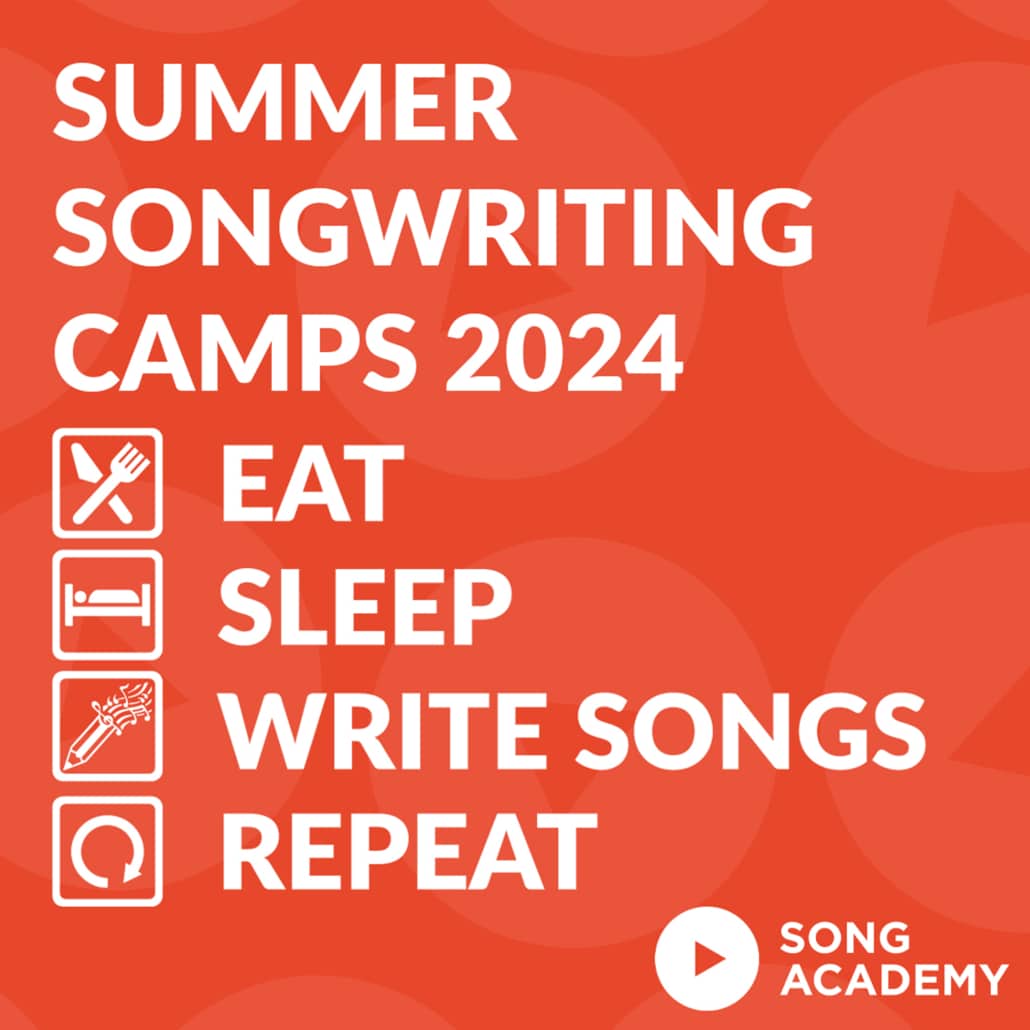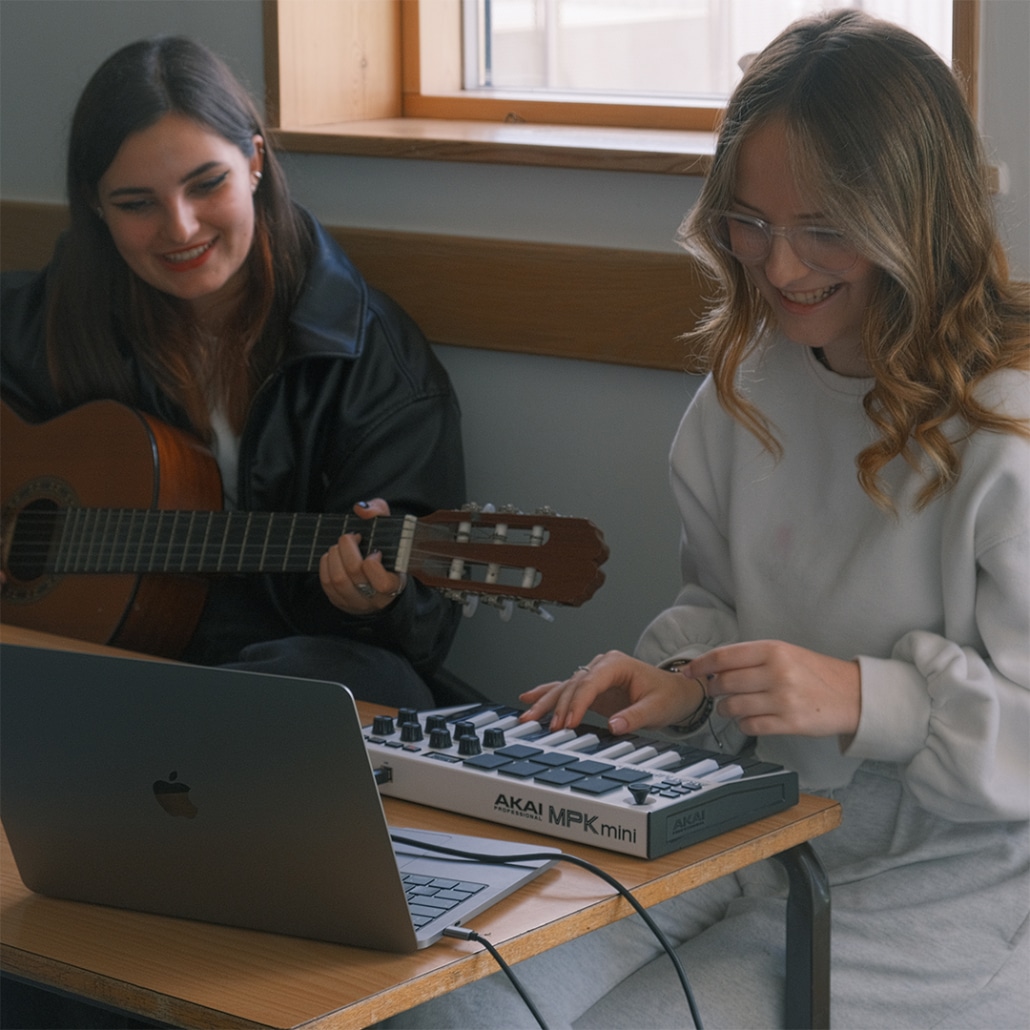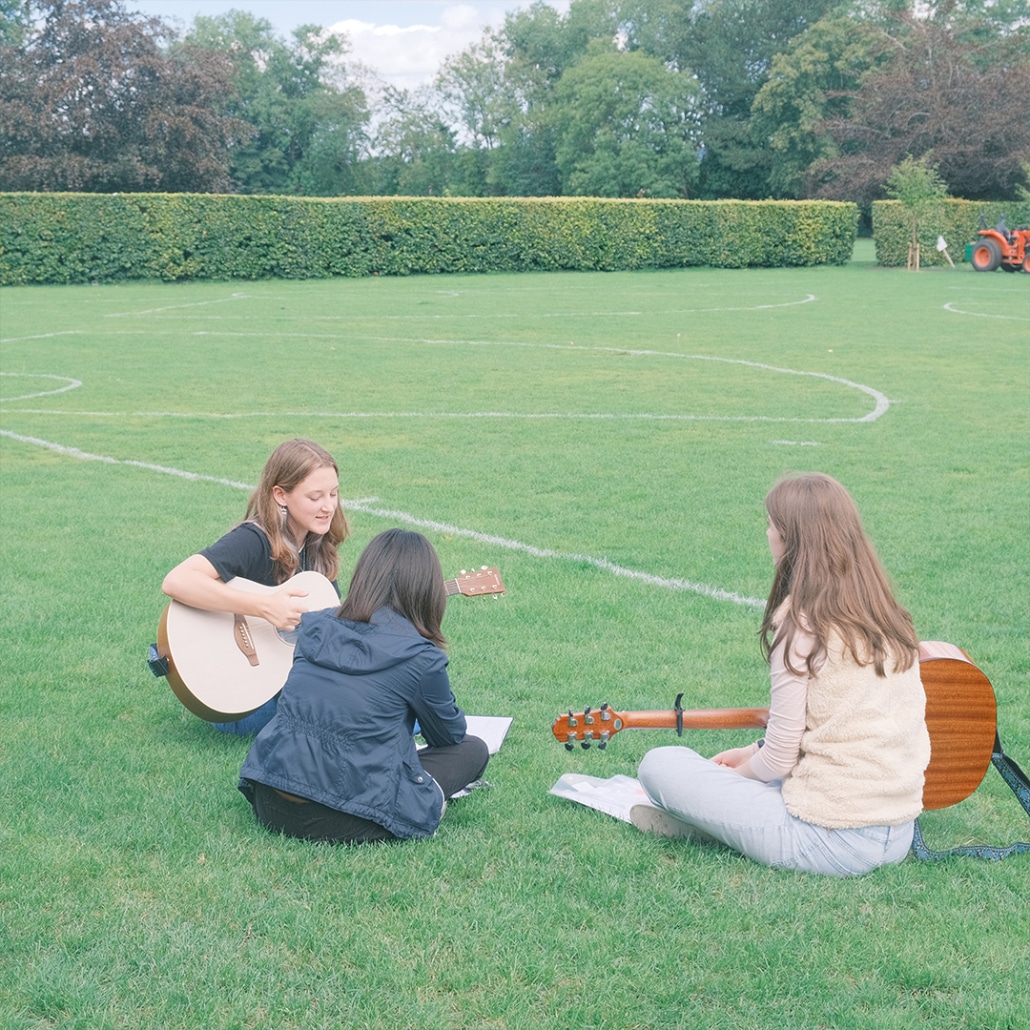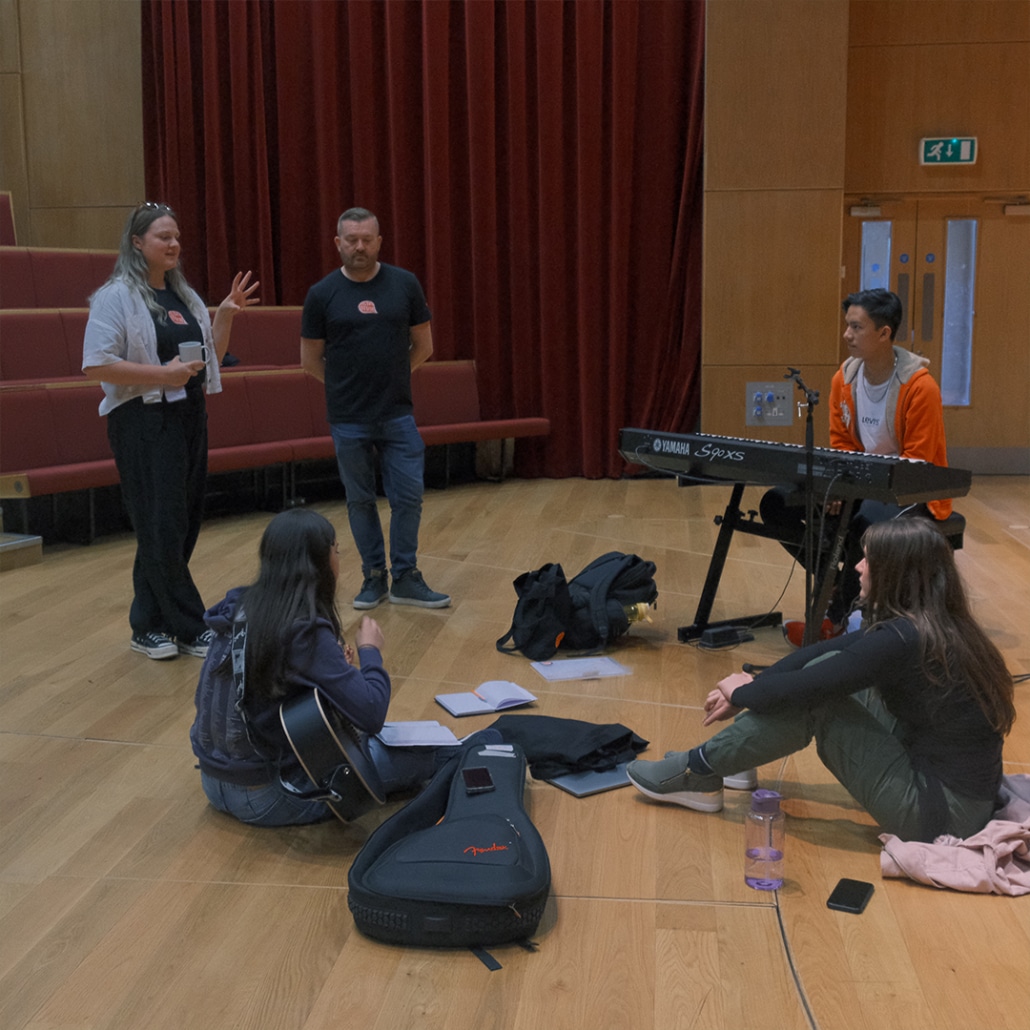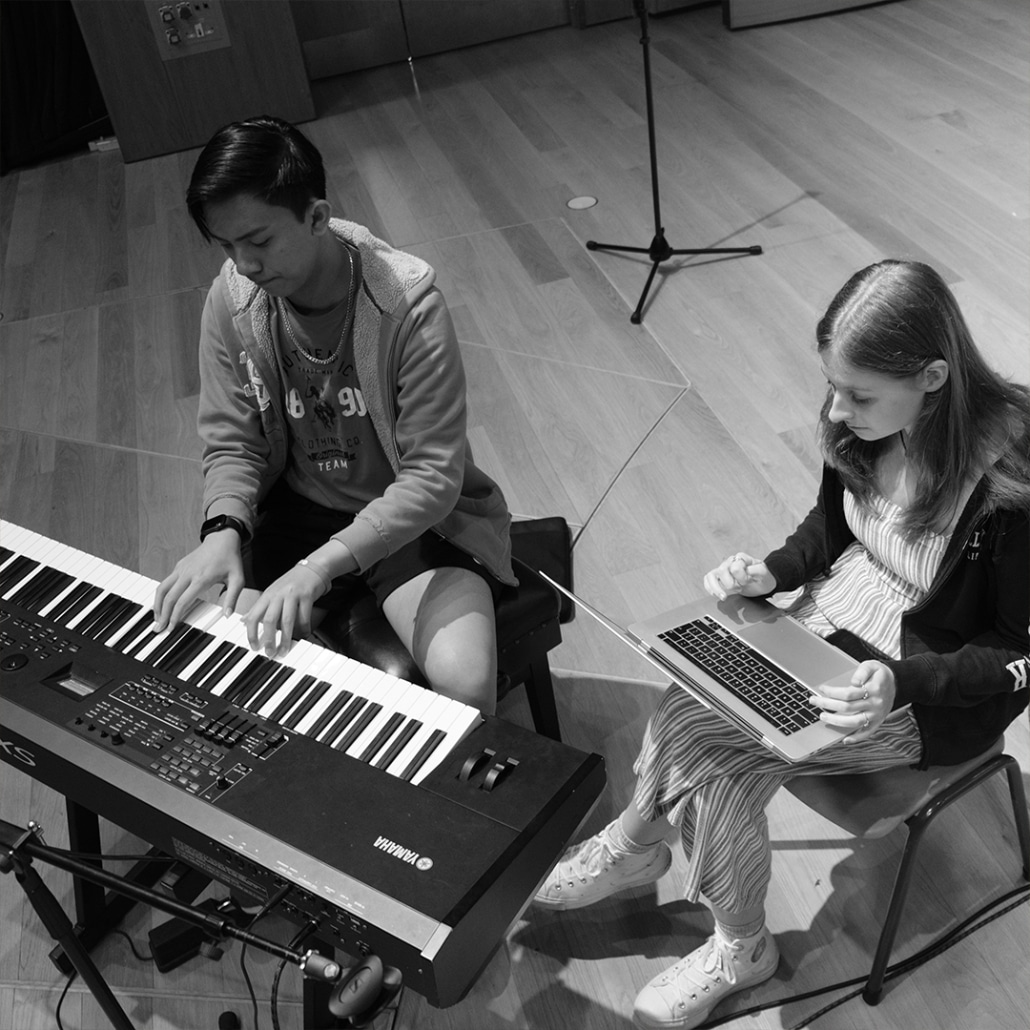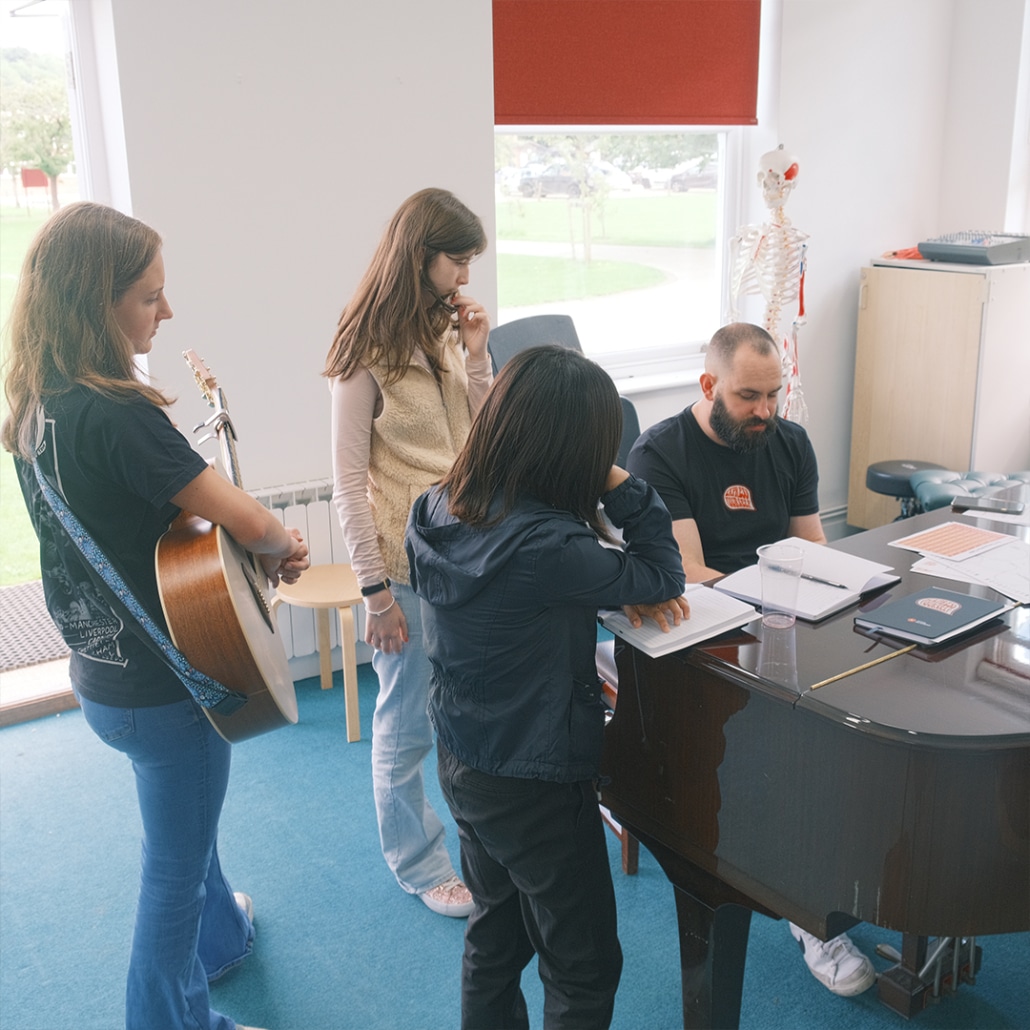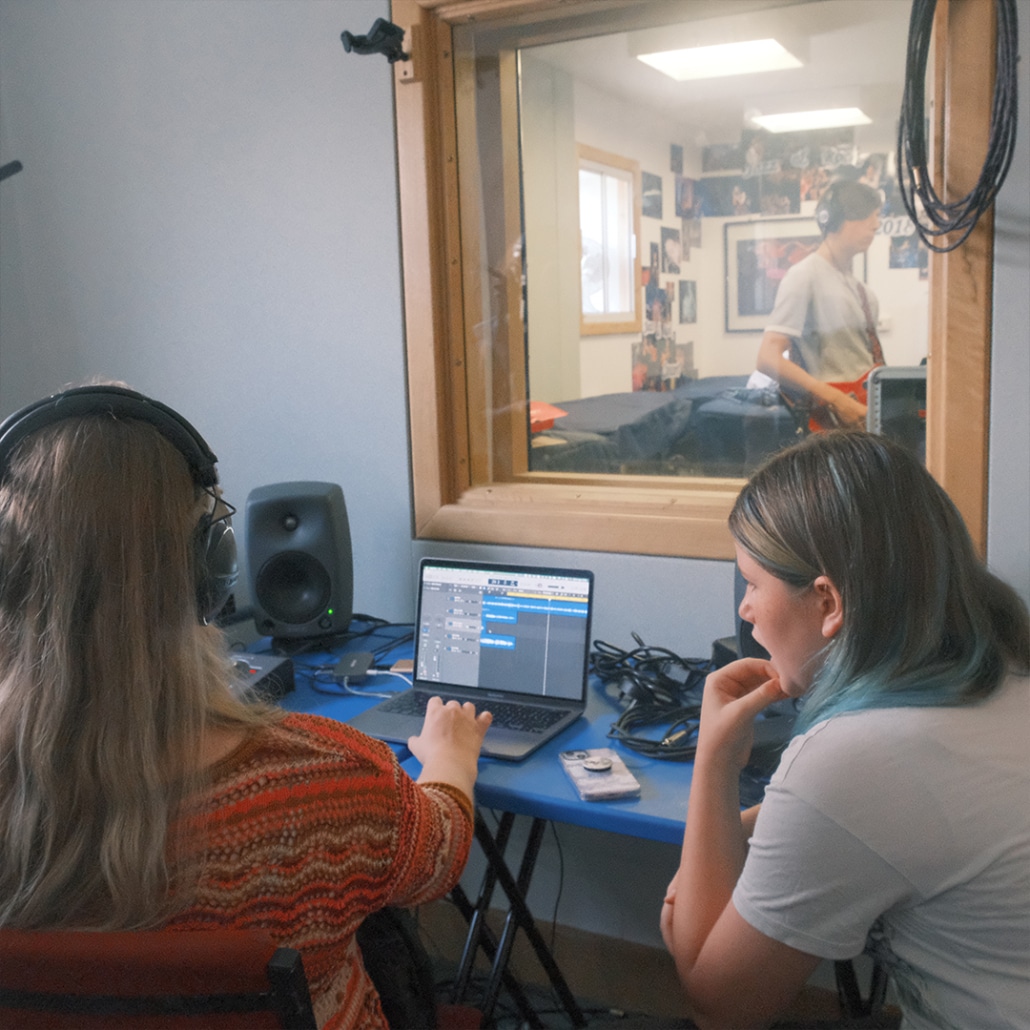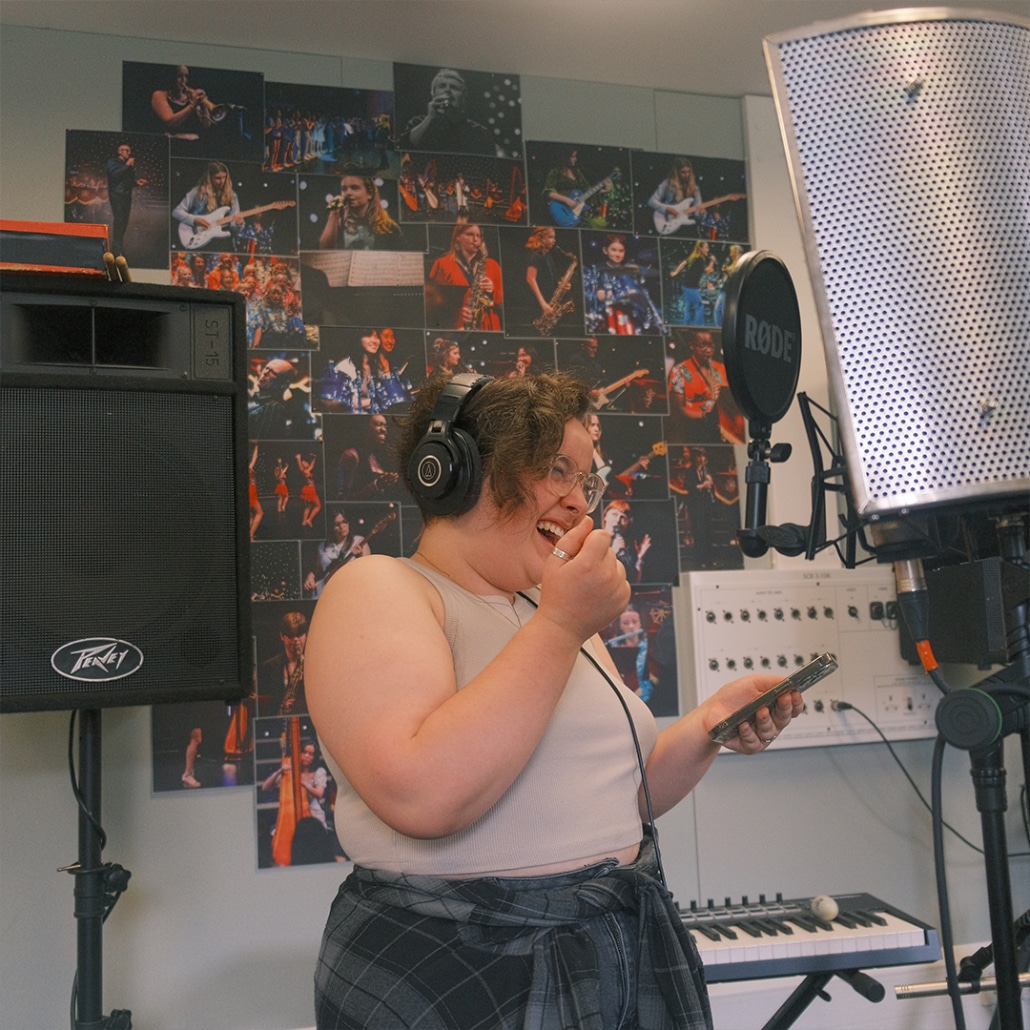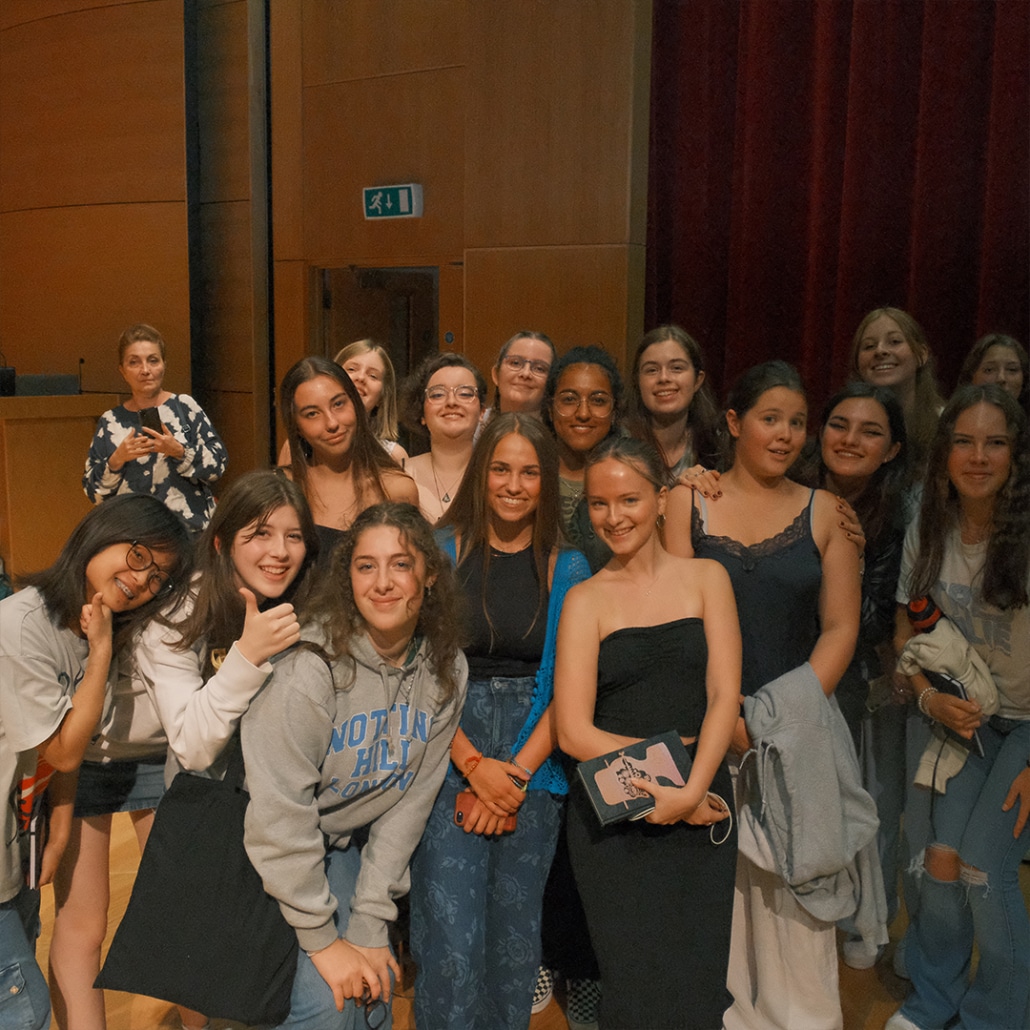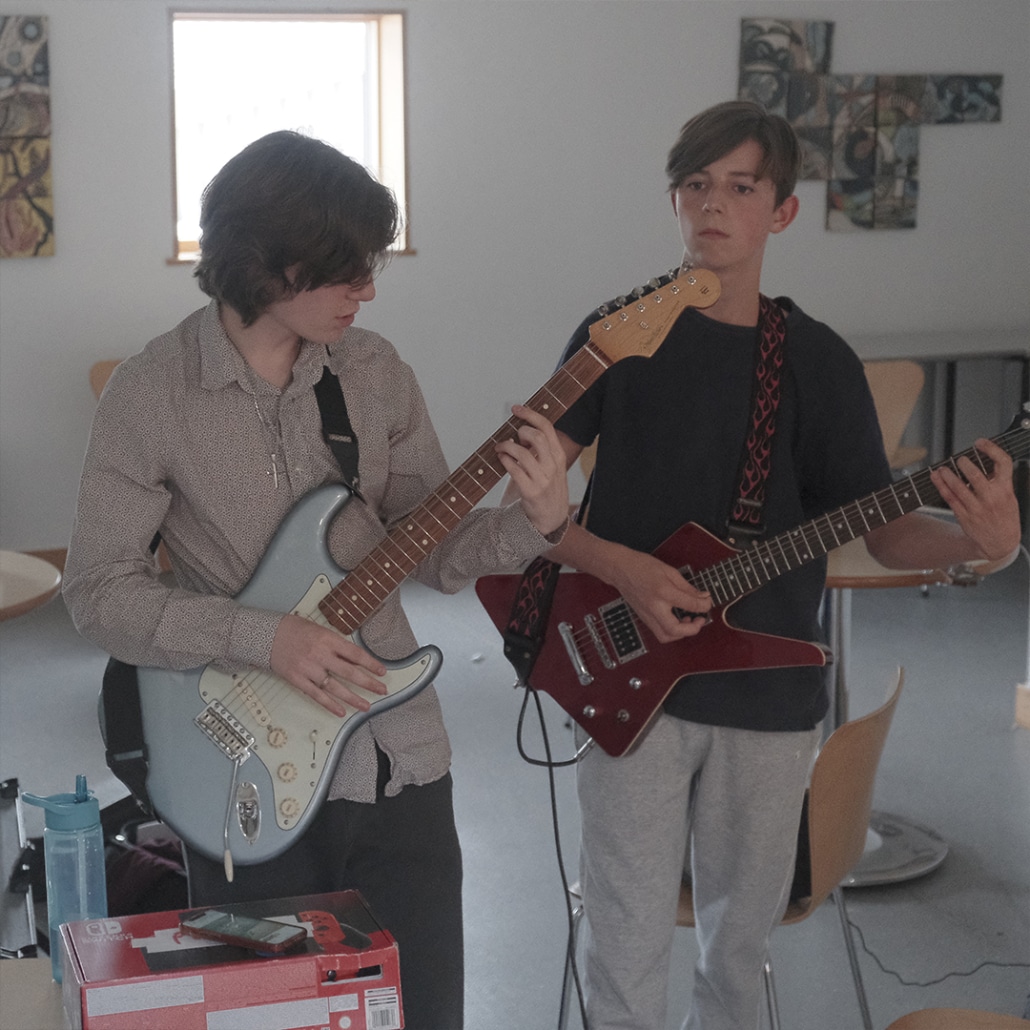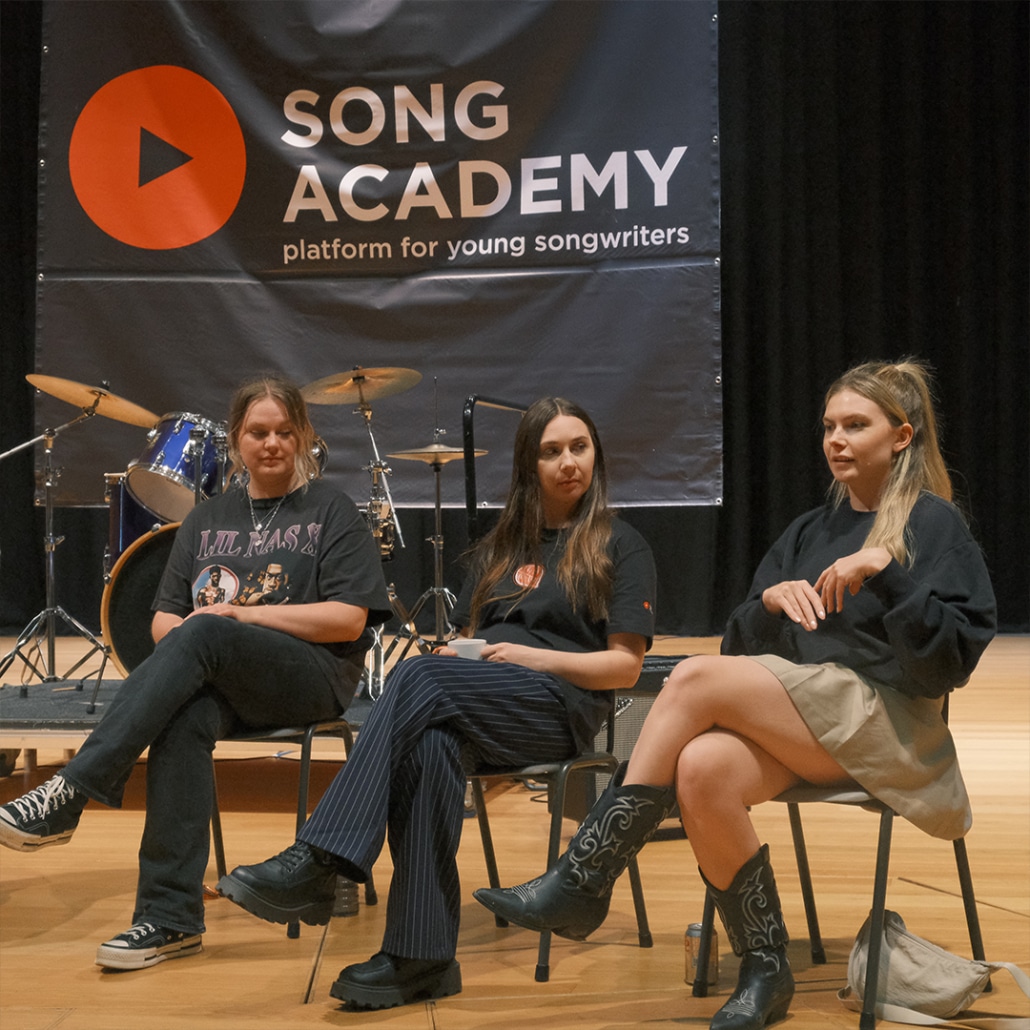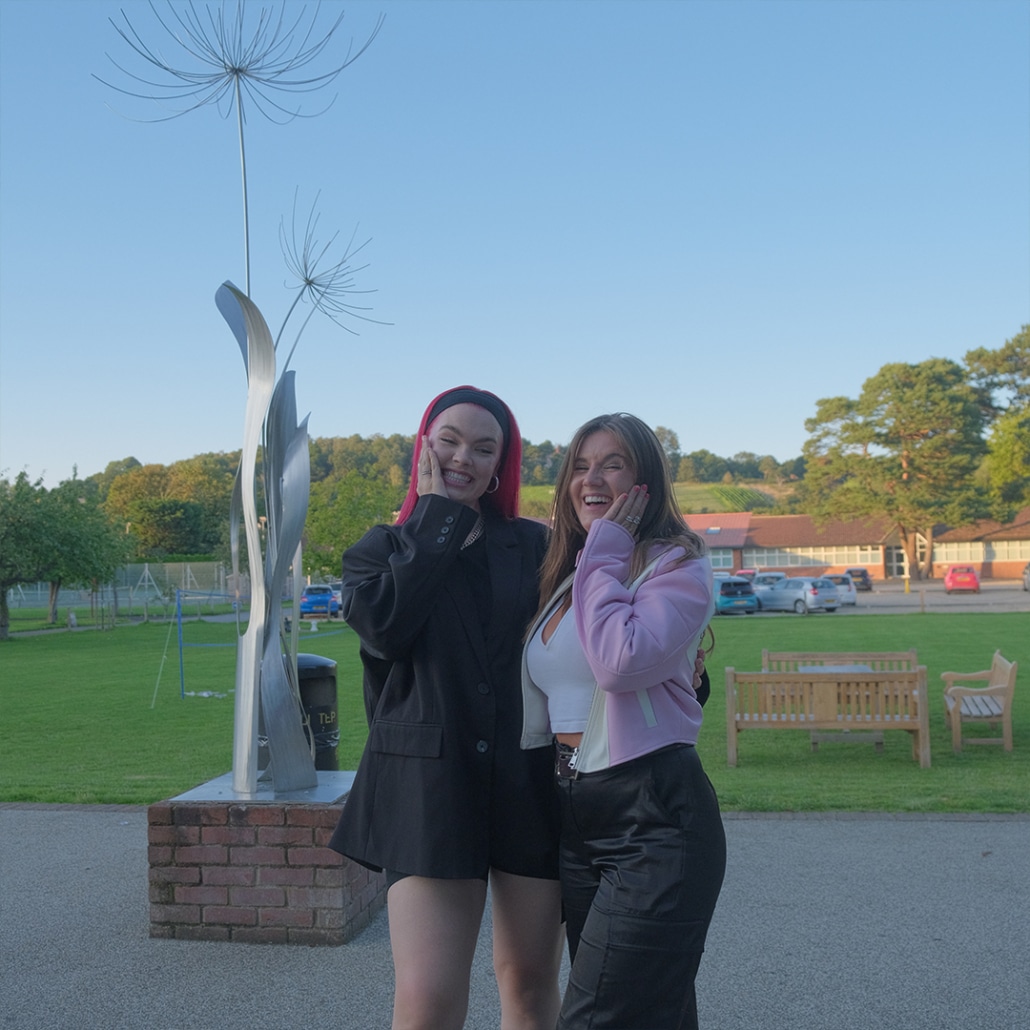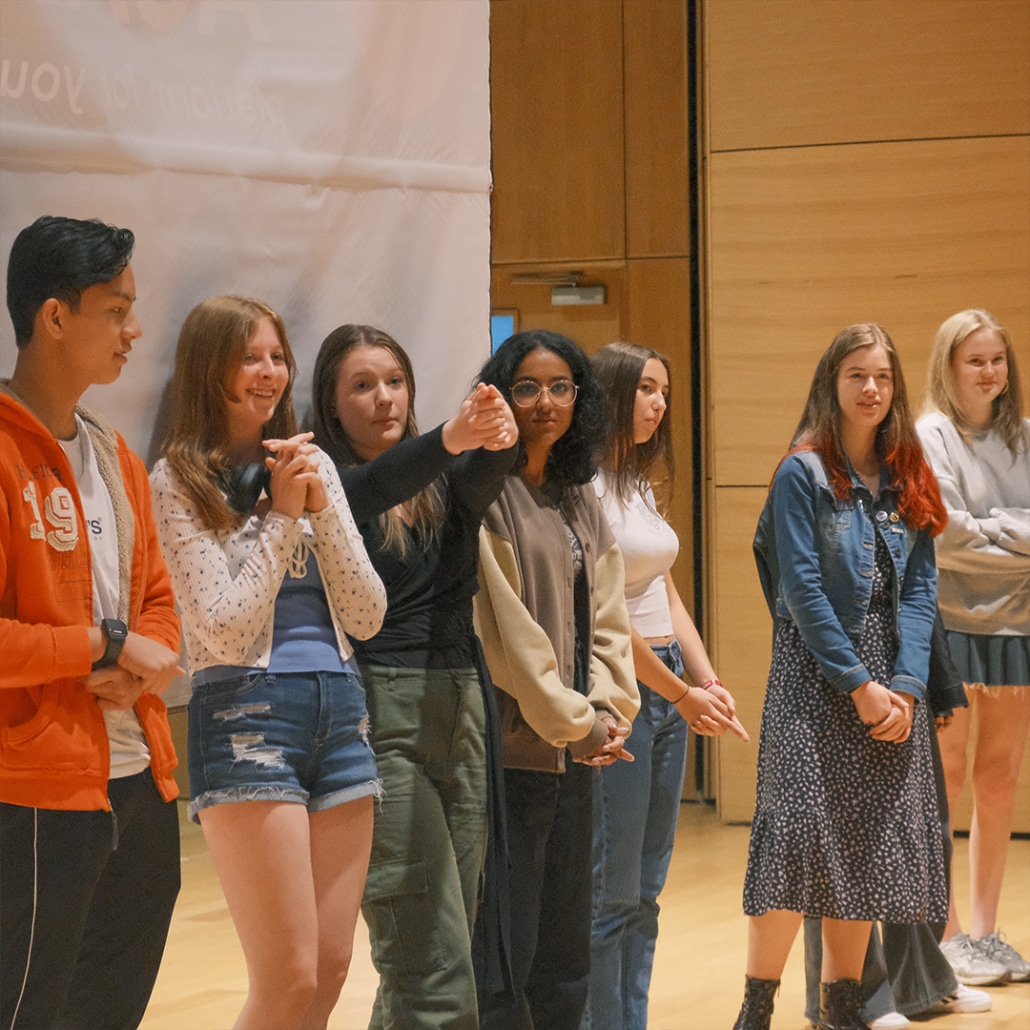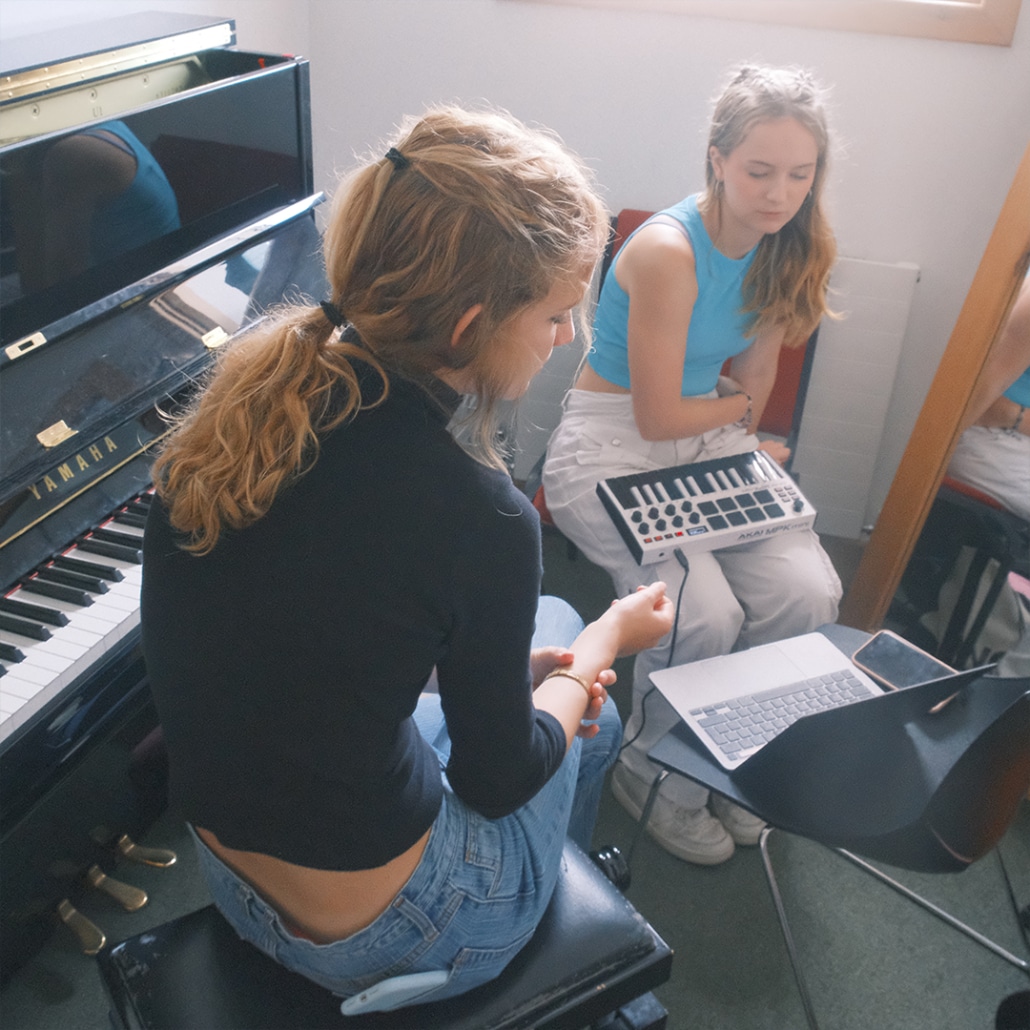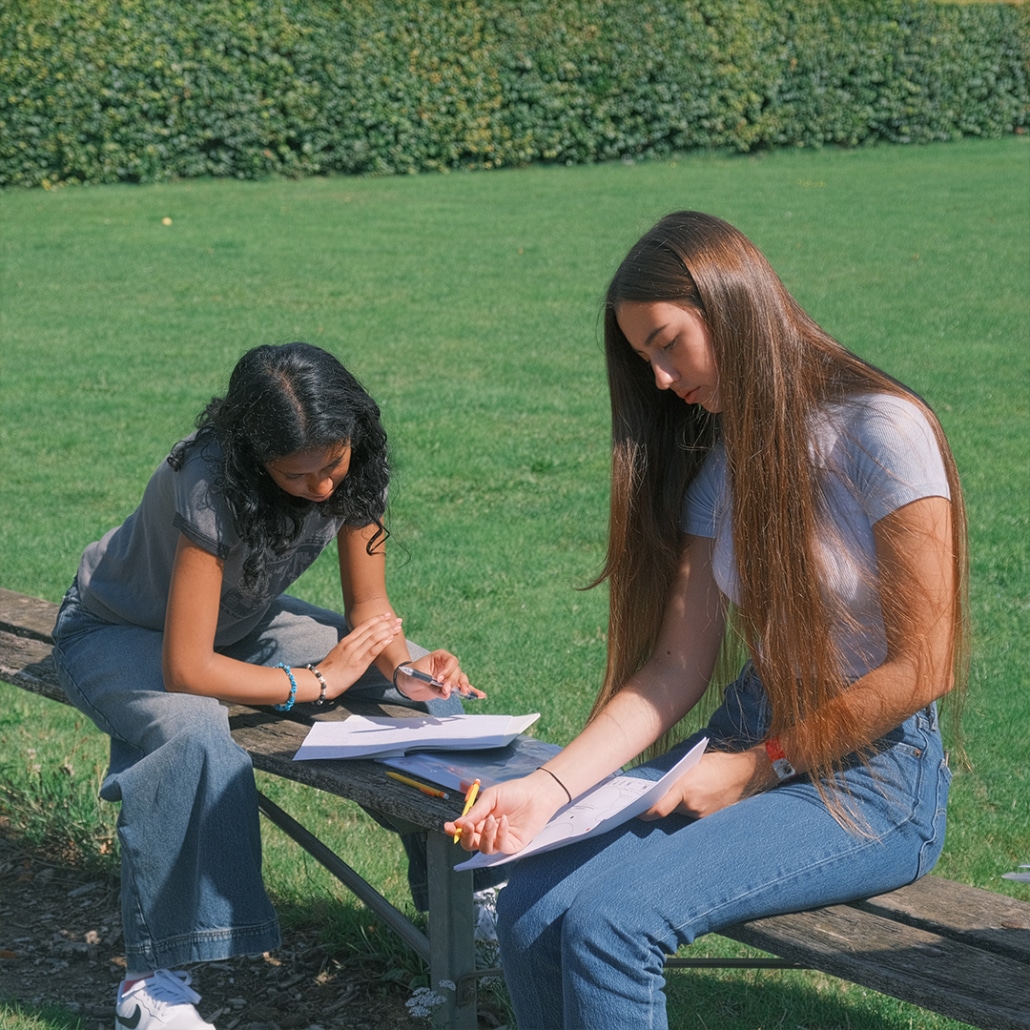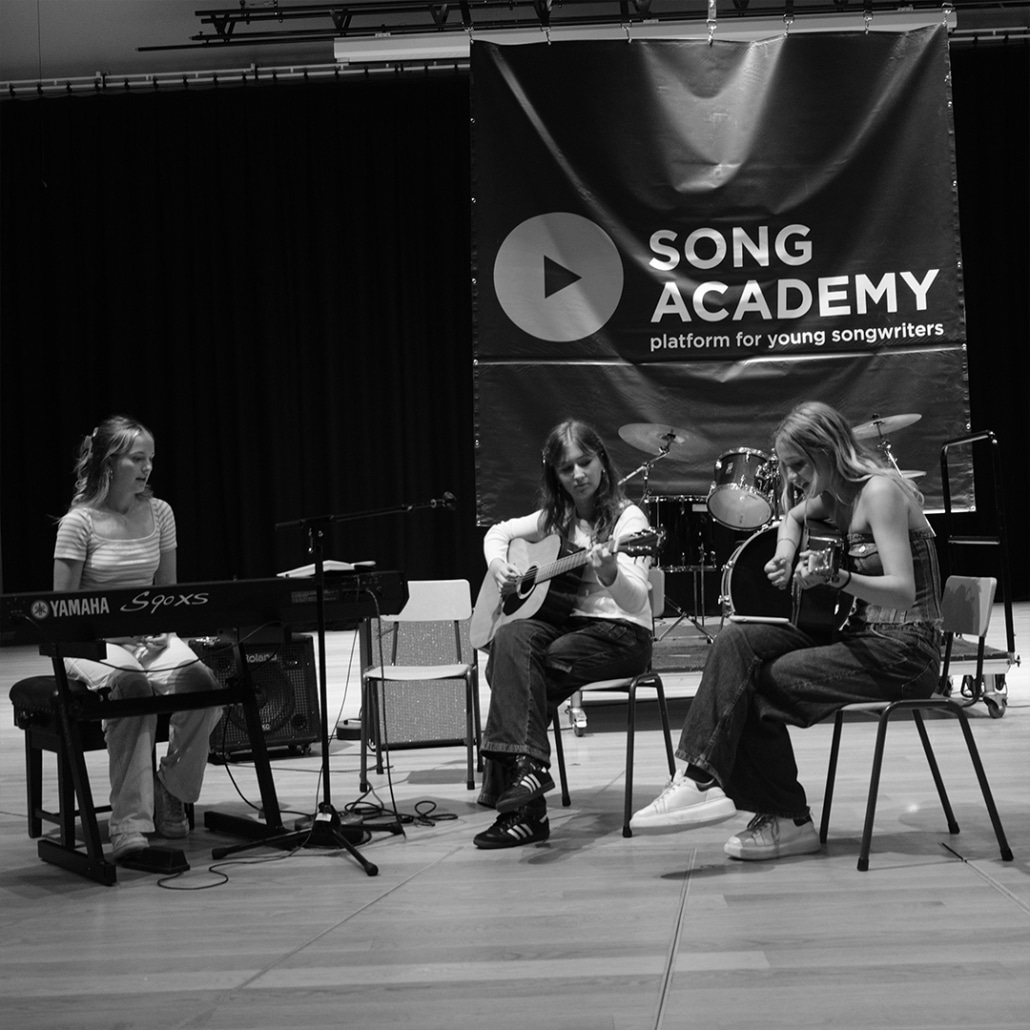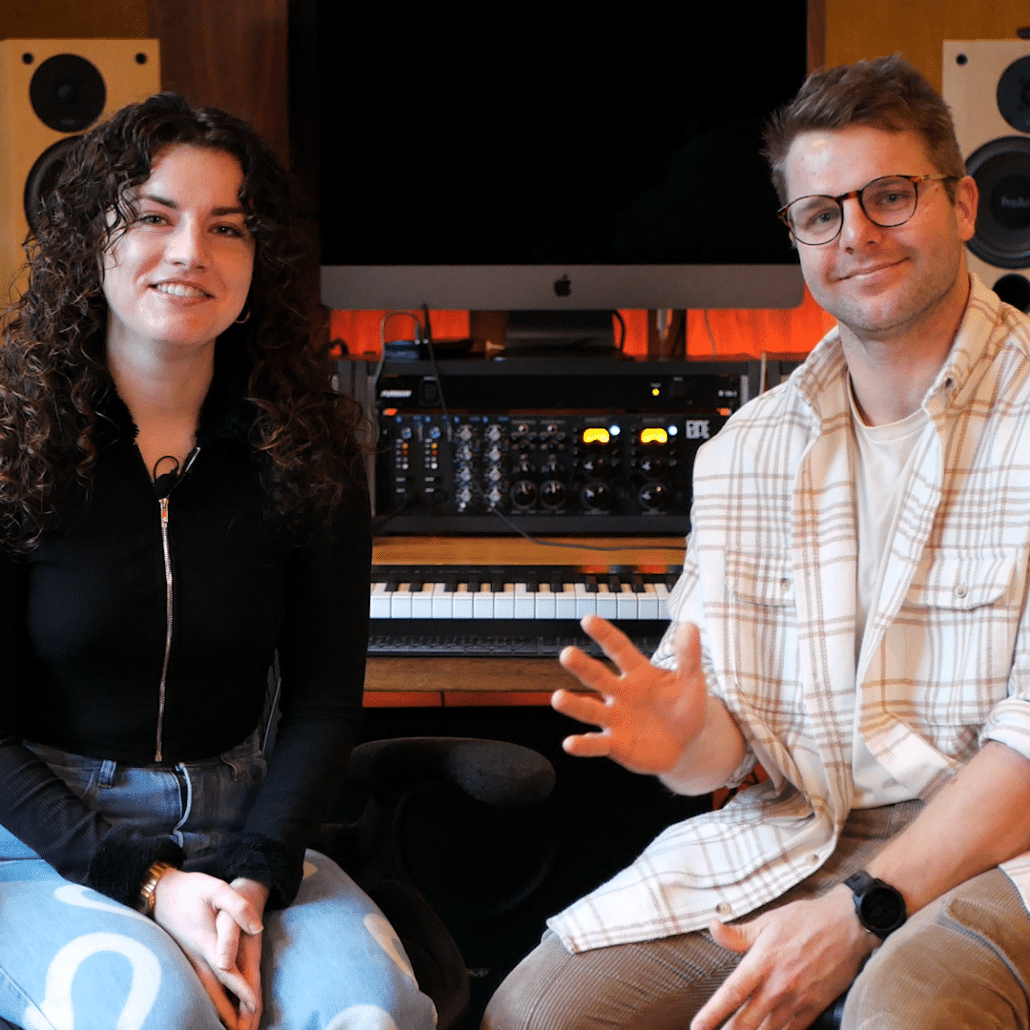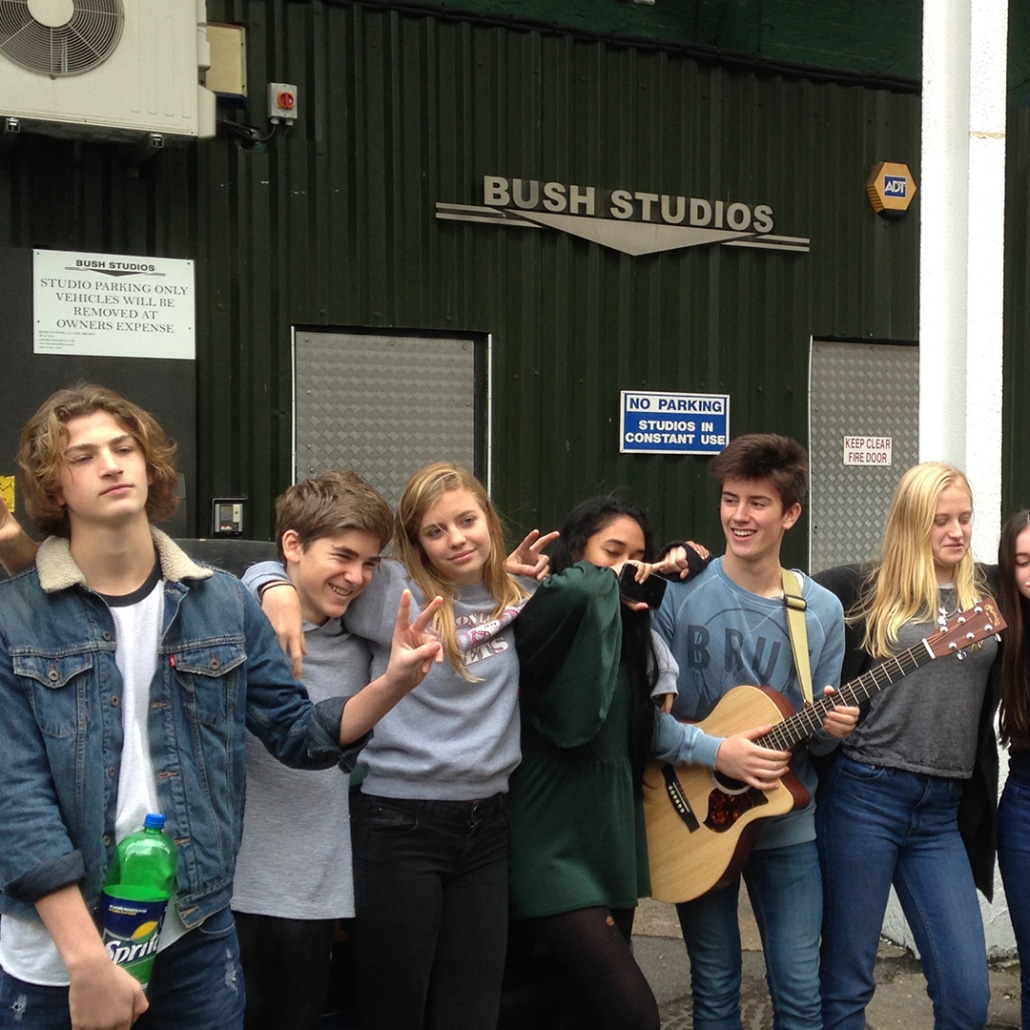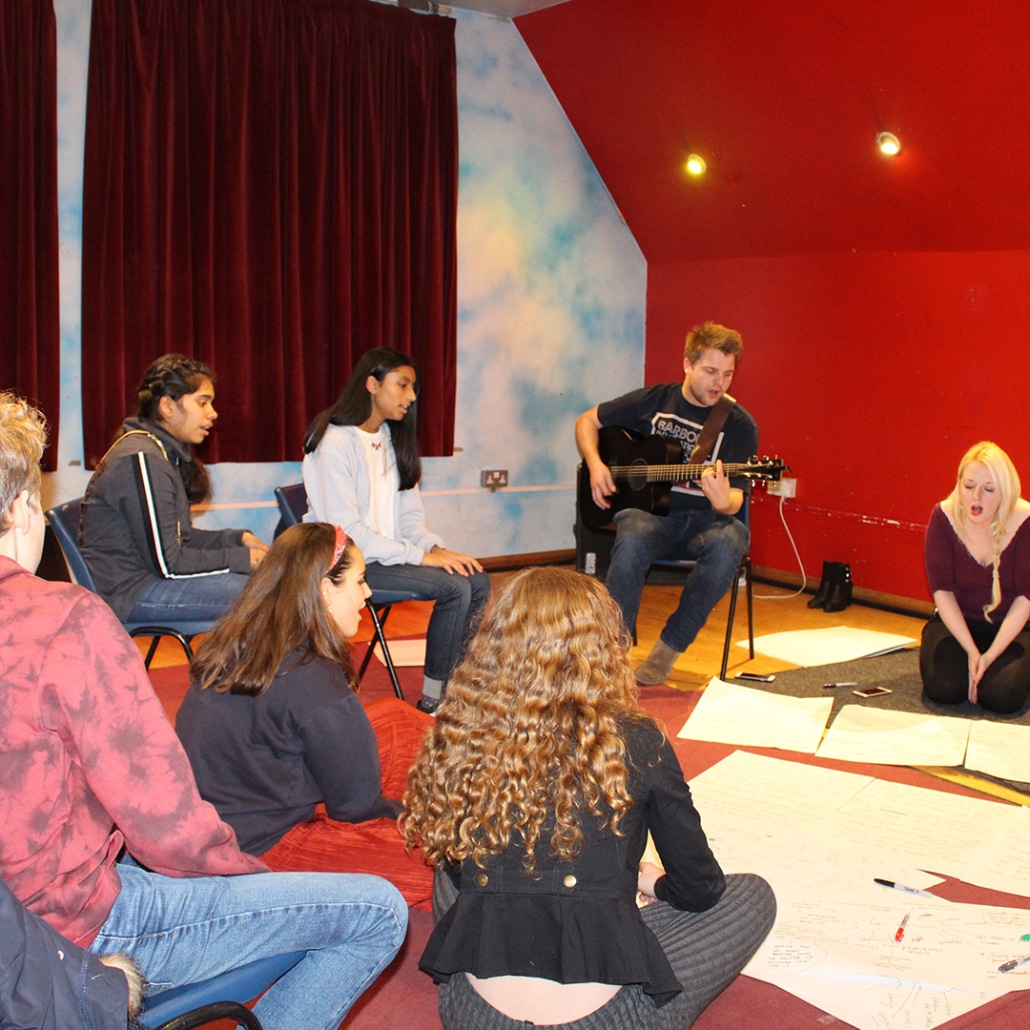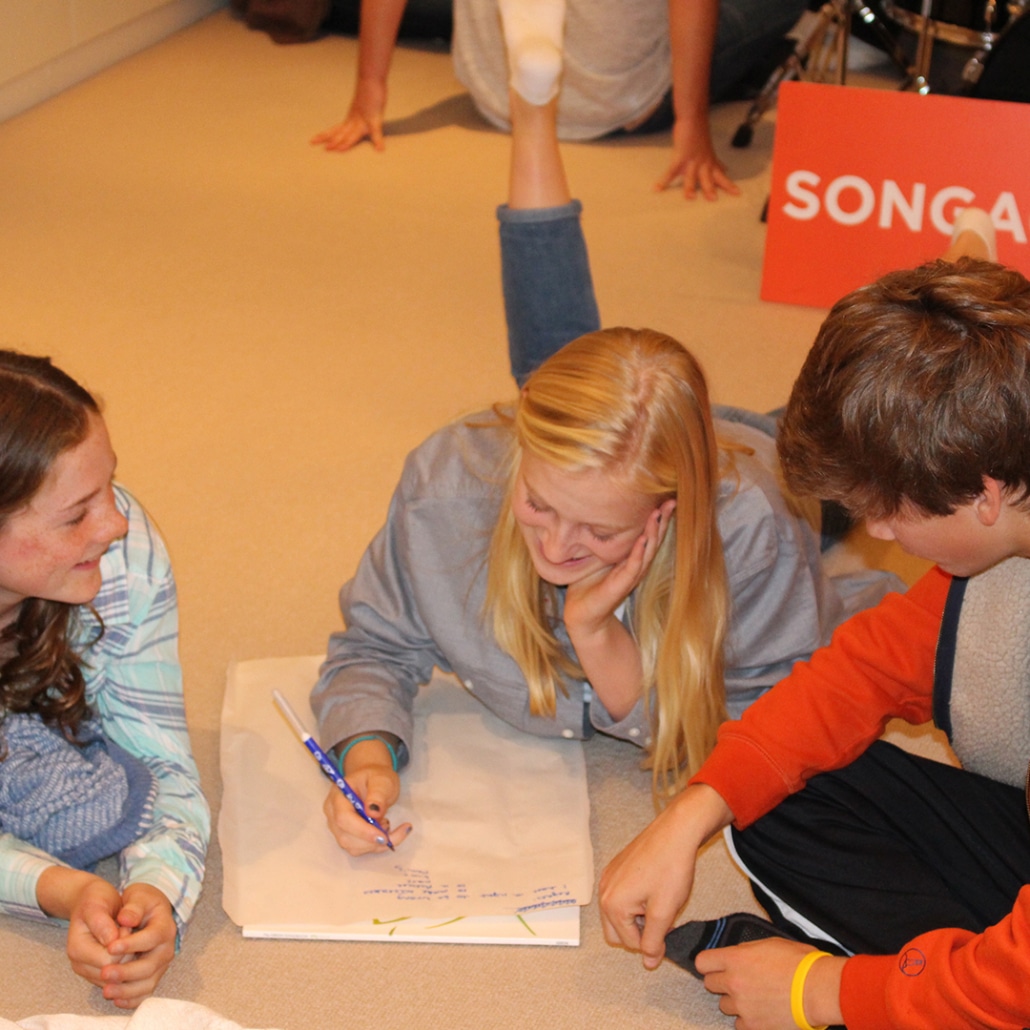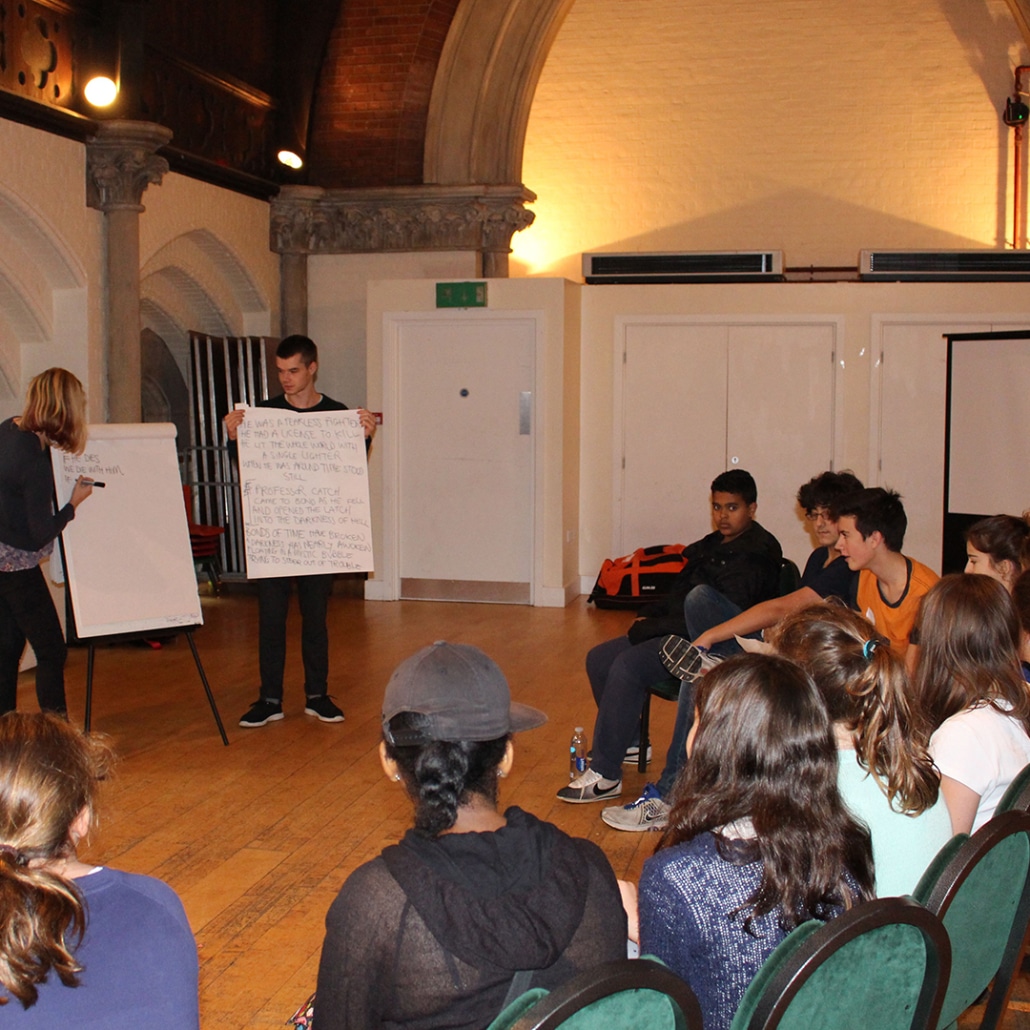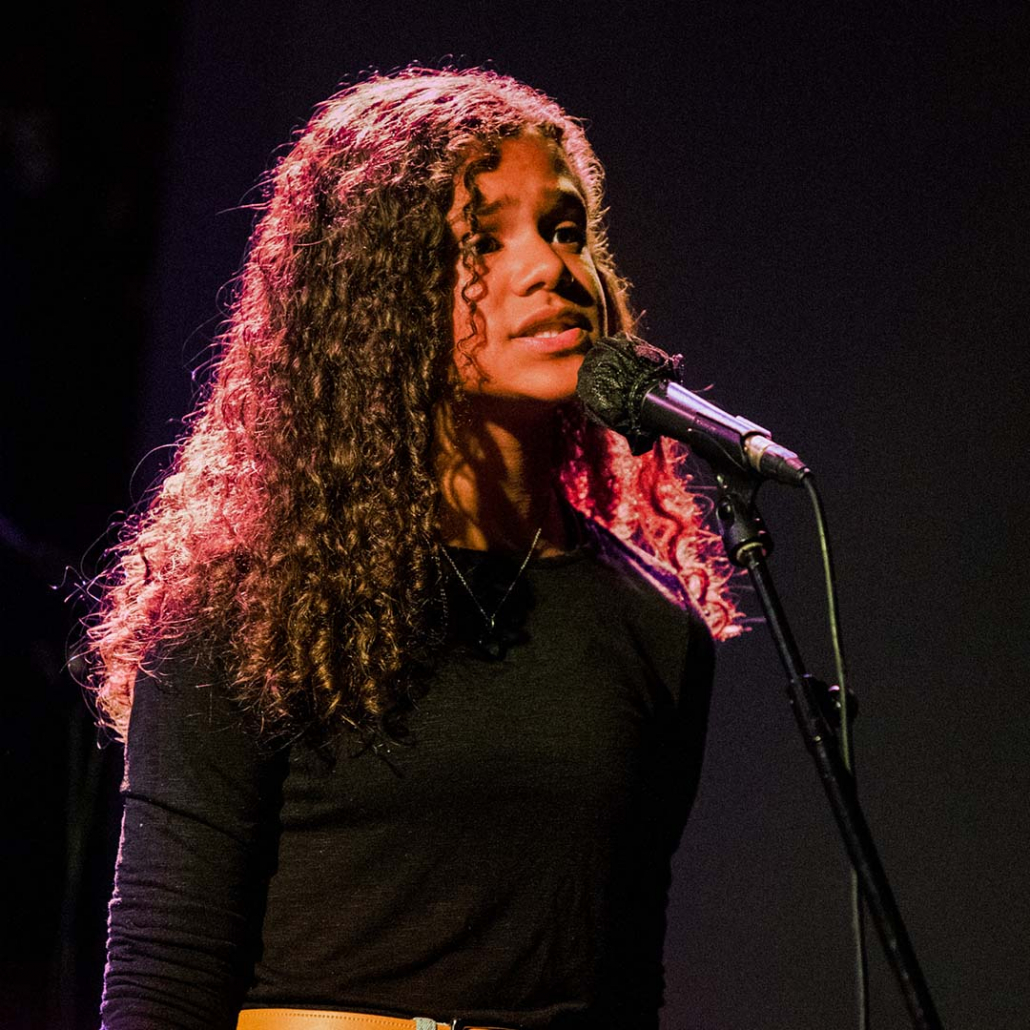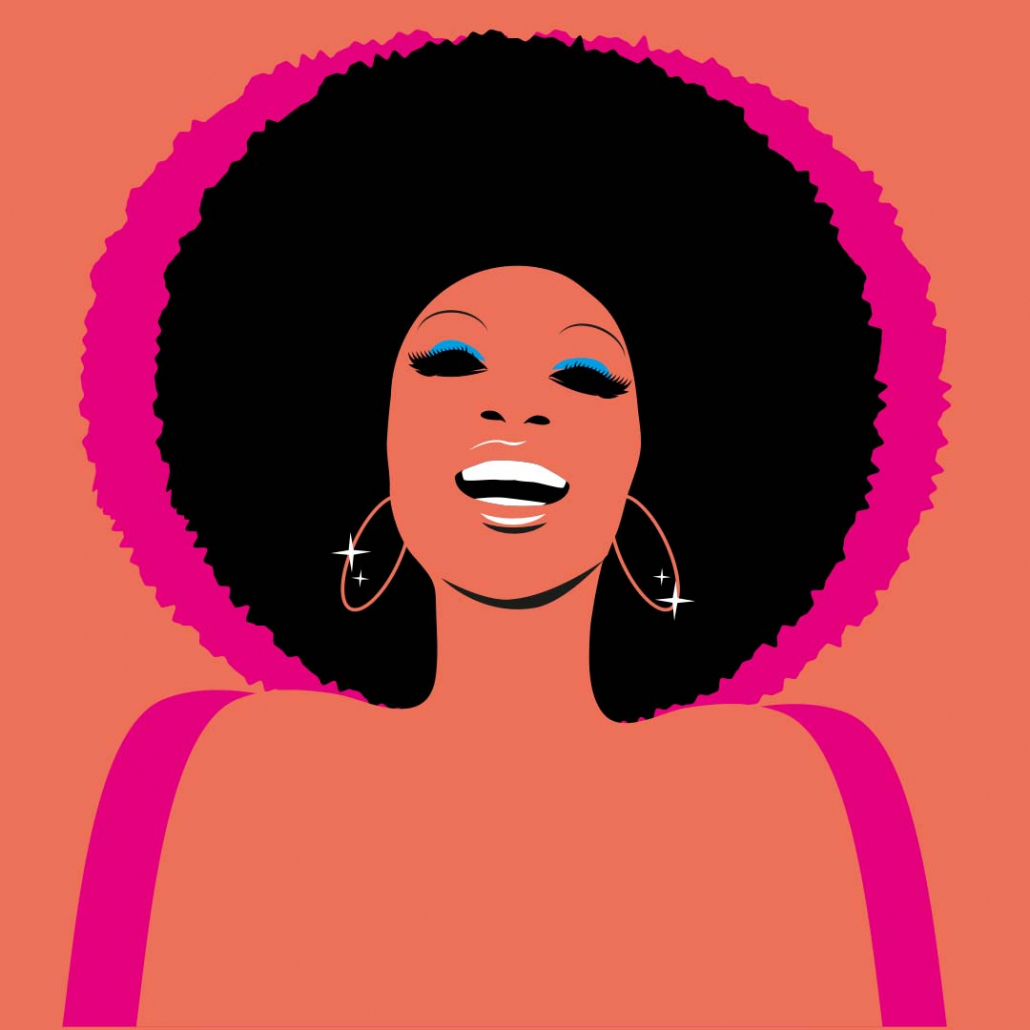Song Structure: The Blueprint for Your Next Hit
If you’ve ever tried writing a song, you know it can be tricky to get all your ideas to flow just right. That’s where understanding song structure comes in. Think of song structure as the blueprint for your track—it helps organise your ideas, keeps your song moving, and makes sure your audience stays hooked from start to finish. A solid song structure can turn a jumble of great melodies and lyrics into a polished, memorable hit.
In this article, we’re going to break down the different parts of a song, show you how to lay them out, and give you some examples from popular songs to help you get started. Whether you’re a beginner or just looking to sharpen your skills, knowing how to work with song structure is an essential step in becoming a great songwriter. So get ready to become a lyrical genius!
What Is Song Structure?
In simple terms, the structure is like the skeleton of your song—it’s the framework that holds everything together. Just like how a skeleton gives your body shape and allows you to move, song structure gives your song shape and helps it flow smoothly. It’s what tells you where to put the verses, chorus, bridge, and other parts, so your song has a rhythm and pace that keeps your listeners interested from start to finish.
Different genres have their own style when it comes to the structure of a song. For example, pop songs often follow a simple and catchy verse-chorus-verse-chorus-bridge-chorus layout (more on this later), which is easy to remember and great for getting stuck in your head. Rock songs might mix it up a bit with longer intros or instrumental breaks, while hip-hop tracks could focus more on verses with a strong beat. The cool thing is, no matter the genre, a solid song structure helps you keep your ideas organised and your song sounding tight.
The 6 Common Parts of a Song Structure
Now that we know what song structure is, let’s break down the main parts you’ll typically find in a song. While not every song includes all of these sections (sometimes less really is more!), these are the building blocks that will help you craft a well-rounded track.
The song title is an important piece of the puzzle when it comes to your song’s structure. A good title can set the tone for the entire track, give a hint to the song’s message, or even become part of the catchy hook that sticks in the listener’s mind.
But here are the actual parts of a song structure:
- Verse: This is where you tell the story or introduce the theme of your song. It’s the part where you set the scene, share emotions, or give context to the song’s message. Each verse is usually different from the last, progressing the story or revealing something new.
- Pre-chorus: The pre-chorus is a section that comes before the chorus, building tension and leading smoothly into the main hook of the song. It often adds energy, changes the melody slightly, or introduces a new lyric idea to make the chorus hit harder.
- Chorus: The chorus is the catchy, repeatable part that hooks your audience. It’s often the most memorable part of the song, where you’ll find the main message or theme. Think of it as the part people sing along to at concerts. A good chorus is simple, energetic, and something that sticks with you long after the song ends.
- Bridge: The bridge offers contrast and builds energy before you return to the chorus. It’s like a refreshing change of pace that can add depth and emotion to the song. A bridge usually appears towards the end of the song and leads back into the final chorus, creating a sense of anticipation.
- Break: A break is typically an instrumental section that gives the song a moment to breathe. It can also create anticipation and smoothly transition into a new part of the song or even lead into a different track entirely.
- Outro: The outro is the closing part of the song, where you bring things to a satisfying finish. It can be as simple as a fade-out or a more elaborate musical statement that wraps up the song neatly.
While these parts are common in many songs, don’t feel like you need to use every single one in every song you write. Some of the best tracks are straightforward and skip the bridge or outro altogether.
What About Chords?
A chord is a group of notes played together to create harmony. Chords and chord progressions are the musical backbone of your song structure.
While the verses and choruses give your song its shape and flow, chords provide the emotional feel and movement. They create tension and resolution, support the melody, and help guide the listener through the different sections of your song.
Song Layout Structure: How to Organise Your Song
One of the most common song layouts you’ll see in popular music goes something like this: Verse – Chorus – Verse – Chorus – Bridge – Chorus – Outro. It’s a simple, tried-and-true structure that works because it keeps things moving and engaging.
But don’t feel like you’re stuck with this formula—experimenting with different layouts is a great way to keep things fresh and unpredictable. Maybe your song skips the bridge or has an instrumental break instead of an outro. Or maybe you flip the structure upside down and start with the chorus.
The key is to keep your song interesting and to match the structure to the emotion or vibe you’re going for. Play around with different arrangements, and you’ll discover what works best for your music. Keep your listeners on their toes by surprising them with new ideas!
Other Common Song Structures
While the Verse – Chorus – Verse – Chorus – Bridge – Chorus – Outro layout is pretty standard, there are a few other common song structures that you might come across in different genres. Here are a few to explore:
1. Verse – Chorus – Verse – Chorus – Chorus
This structure skips the bridge, going straight from the second verse into another chorus. It’s simple and effective, especially for pop songs that want to keep the energy high and focus on the catchy chorus.
2. Verse – Verse – Bridge – Verse – Outro
Used a lot in rock and folk music, this structure allows you to dig deeper into your song’s story with multiple verses. The bridge adds some contrast and the outro gives it a proper ending.
3. AABA (Verse – Verse – Bridge – Verse)
Common in classic pop and jazz, the AABA structure features two verses that are the same (or very similar), a contrasting bridge (often with a key change or different mood), and then the return of the final verse. It’s a timeless structure that lets the bridge shine more dramatically.
4. Chorus – Verse – Chorus – Verse – Chorus
Sometimes, songs jump straight into the chorus before moving to the verses. This structure can create an immediate hook and grab attention, making it popular in upbeat pop or rock tracks.
5. Verse – Pre-Chorus – Chorus – Pre-Chorus – Chorus – Bridge – Chorus
This structure is quite popular in pop and modern rock songs, where the Pre-Chorus (the section before the chorus) acts like a buildup that makes the chorus feel even bigger when it hits. The pre-chorus adds energy and anticipation before the main hook.
6. Verse – Chorus – Instrumental – Chorus
This is often used in instrumental-driven songs, like those in the electronic or dance genre, where the instrumental break serves as a transition or a way to bring more groove or atmosphere to the song.
7. Through-Composed
A through-composed song doesn’t have repeated sections like verses or choruses. Instead, the music continuously evolves from start to finish, often telling a story or creating a mood that changes throughout the song. This structure is often used in classical music or in progressive rock.
Song Structure Examples: Learn From the Pros
To give you a clearer idea of how different song structures work in real-world tracks, let’s look at a couple of popular songs and break down why their structures are so effective.
Example 1: “Shake It Off” by Taylor Swift
This song follows the classic verse-chorus-verse-chorus-bridge-chorus structure that we talked about earlier. It starts with a catchy verse that introduces the theme of shaking off negativity, then jumps into the super catchy chorus—the part everyone loves to sing along to. The bridge offers a change in energy and adds variety, making the final chorus even more exciting. This structure works perfectly because it gives the song a nice flow, keeps the energy high, and reinforces the main message in a way that’s easy to remember and sing along to.
Why it works:
- The repetitive chorus is infectious, making it the centrepiece of the song.
- The bridge provides a refreshing contrast to the verses and choruses, building up to a satisfying final chorus.
- The structure creates a balance of predictability (through the repeating chorus) and surprise (through the bridge), keeping listeners engaged from start to finish.
Example 2: “Bohemian Rhapsody” by Queen
“Bohemian Rhapsody” is a famous example of a through-composed song, meaning it doesn’t follow the typical verse-chorus structure. Instead, it flows seamlessly from one section to the next without repeating any parts. From the slow, dramatic opening to the operatic middle section, to the hard-rock finale, this song takes the listener on a wild journey.
Why it works:
- The constant evolution of the song keeps the listener intrigued. There are no predictable repeats, which adds to the surprise and intrigue.
- The changes in style and tempo help express the shifting emotions in the lyrics—starting slow and reflective, moving to dramatic and operatic, then shifting to energetic rock.
- The through-composed structure makes the song feel like an epic journey, rather than a standard pop song. It’s a perfect fit for a track that tells such a unique and intricate story.
Your Song, Your Structure
Understanding basic song structure is an essential tool for any songwriter, but remember: the rules are made to be bent! While learning the basics of structure can help your songs flow smoothly and keep your audience hooked, your creativity should always be the driving force behind your music. Think of song structures as a helpful guide, not a rigid rulebook. There’s plenty of room for exploration and putting your personal touch on every song you write.
So, keep experimenting with different layouts, switch things up when the mood strikes, and most importantly—have fun with it! Every time you sit down to write, you’re one step closer to finding your unique sound and making music that resonates.
Want to improve your songwriting? Song Academy offers courses, workshops, mentoring, and feedback to help young songwriters develop their skills. Whether you’re just starting or refining your craft, you’ll get expert guidance, try new song structures, and turn ideas into great songs. Check out Song Academy and start writing your next hit!
